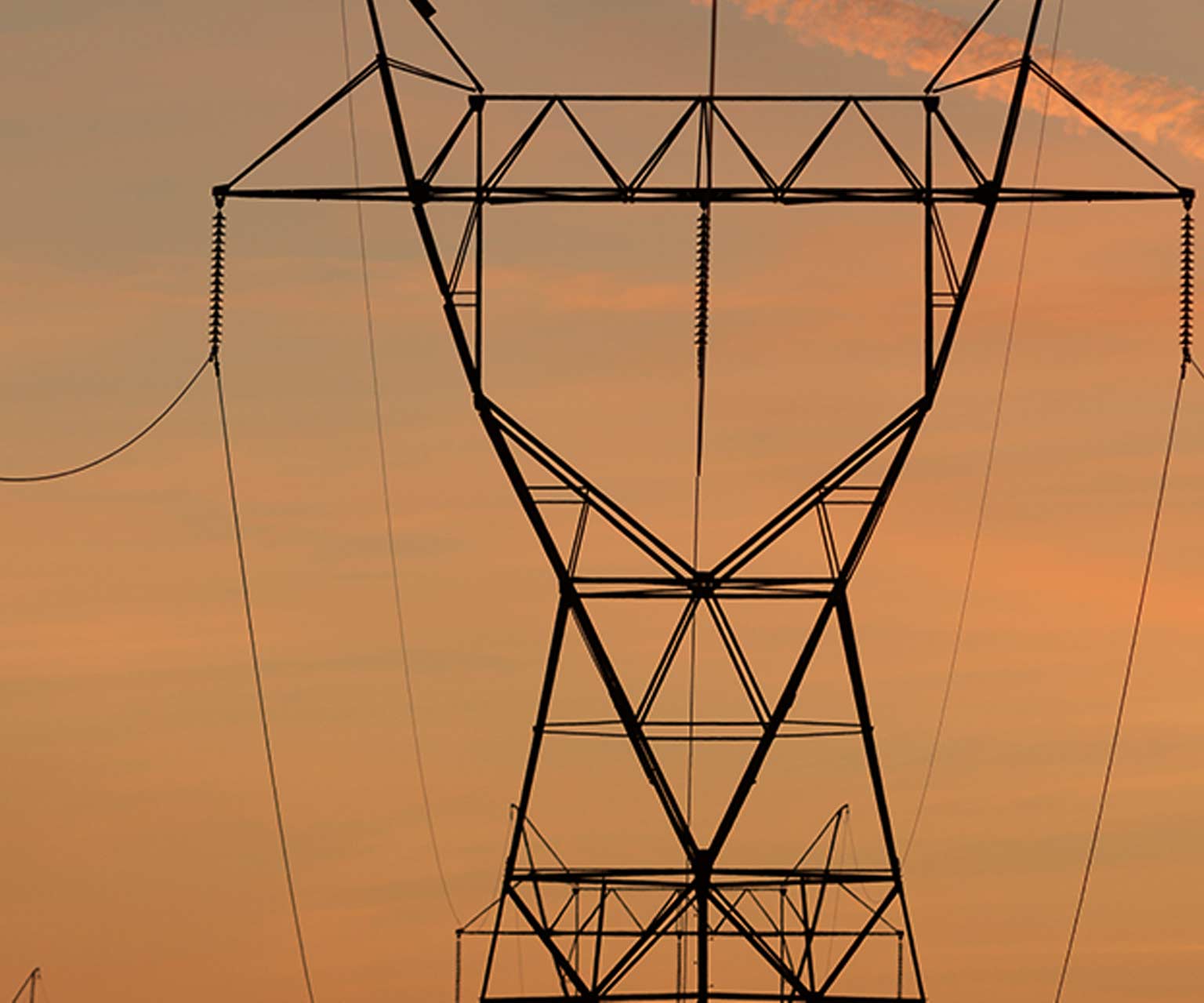Three Energy and Utility Trends to Watch in 2019
Published: Feb 4, 2019
Advanced technologies can give your business staying power. Energy and utility companies that are embracing digital transformation are finding that information technology (IT) can help them increase efficiency, support renewable energy integration and serve increasingly sophisticated customers. But what areas are technologies having the biggest impact? Here, we identify three macro energy and utility trends that are shaping the industry so you’re ready to deliver resources efficiently and effectively.
Looming skills shortages
The possibility of institutional knowledge loss is not unique to the energy and utilities industry. As Baby Boomers retire, it’s been increasingly difficult to find talent to replace them. However, the specific skills needed in the industry make it crucial for enterprises to explore ways to lessen the burden of an aging workforce. We predict one of the energy trends of 2019 will be the use of technology to aid workers within the industry.
Smart devices can help attract new talent and increase engagement and productivity with a new generation of employees who are digital natives. Augmented and virtual reality (AR/VR) are improving the capabilities of wearable devices which can enhance collaboration, improve workers’ physical and perceptual abilities and help keep employees safe.
For example, while smart watches are stylish, they can gather data about onsite noise levels, or read out instructions to help a single technician complete a repair that previously required a team of two. Smart glasses with AR capabilities can give workers the ability to see remote activities in near real time. Even hard hats enabled to connect to the internet can remotely track what workers are looking at in the field or help detect worker fatigue.
Increasingly sophisticated customers
As smart devices proliferate and the adoption of smart home technologies have increased, customers have come to expect more from their service providers. Meanwhile, artificial intelligence(AI) and machine learning (ML) are making it easier to analyze data and look for patterns to prevent problems. We expect one of the utility trends of 2019 will be companies making significant investment in improving connectivity and expanding AI/ML capabilities. Such capabilities can accelerate the use of home improvement technologies, harness utilization data, and use that intelligence to deliver better service and value.
By installing smart metering technologies into homes, utilities can get near real-time information that feeds into all aspects of a grid. Armed with data from those devices, utilities can use the information to shift loads and better distribute resources.
Consumers might appreciate smart metering information because it allows them to see which appliances are using the most power or determine peak activity times to better control their consumption and costs. From the utility provider’s perspective, AI can harness information to better facilitate demand response, create individual services like time-of-use-rates and help utilities retain their most profitable customers. In areas where distributed energy operators have surplus power, AI can be used to quickly match producers with consumers. Virtual agents can use AI and ML to segment customers based on service history, automate service and help respond to customer inquiries quickly.
Moving from reactive to proactive
In the energy and utilities industry, any malfunction in production flow, metering devices and monitoring systems can cause customer dissatisfaction, downtime and lost revenue. As a result, providers are forced to become proactive—instead of reactive—in preventing problems in their equipment and service.
Thanks to the internet of things (IoT) and edge computing, organizations have web-enabled sensor devices in the field, next to their equipment, collecting, analyzing and translating data. Data capture and analysis occur in near real time where the devices are located, so that the information can be quickly used to provide insights, identify where problems might occur and prevent them.
While IoT offers many benefits, the devices may not always be in locations that can easily connect online. Additionally, transferring data from IoT devices to a centralized point can hog bandwidth.
Edge computing allows data to be processed where the devices are located. This eliminates the need to send data back from each device to a central data center, reduces the time it takes to analyze the data, and alleviates bandwidth limitations and security concerns about communicating raw data over a wide area network.
As examples of IoT devices and edge computing at work in the industry, near-real-time gas detection video cameras can allow a business to monitor, quantify, locate and display harmful gas leaks and discharges to prevent worker exposure. Smart meters can gather energy consumption data, analyze it locally and then use the data to make energy distribution adjustments. During a power outage, digital relay devices can detect and automatically isolate the cause of the outage to help improve response times and efficiently restore power to customers. And, remote monitoring devices can proactively evaluate the health of the grid and take corrective actions before outages occur.
These are only a few of the many energy and utility trends of 2019. In the meantime, you can find more information on smart energy and utilities solutions today.
